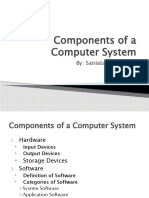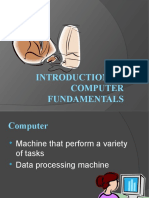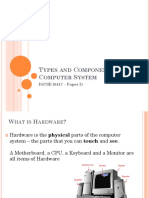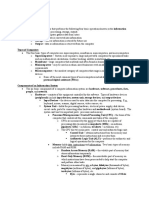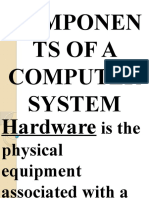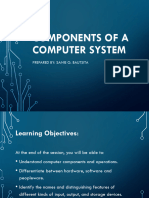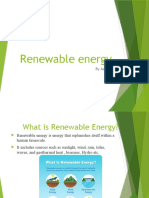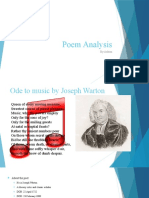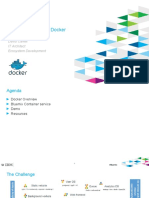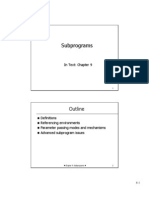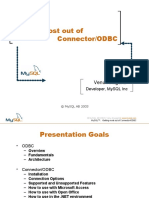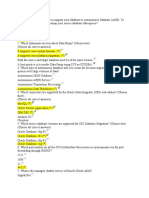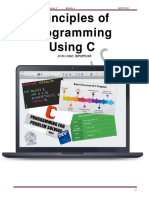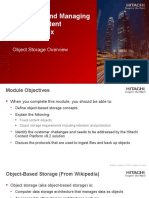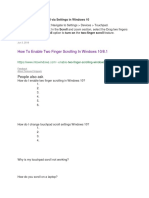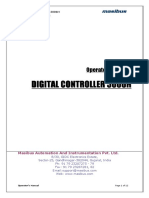0% found this document useful (0 votes)
37 views96 pagesChapter 1 - Computer System
The document outlines the fundamentals of computer systems, focusing on the Input-Process-Output (IPO) cycle, hardware components, and software types. It describes various input and output devices, the role of operating systems, and the classification of programming languages. Additionally, it discusses utility and application software, highlighting their functions and importance in computer operation.
Uploaded by
Ashton PaulCopyright
© © All Rights Reserved
We take content rights seriously. If you suspect this is your content, claim it here.
Available Formats
Download as PDF, TXT or read online on Scribd
0% found this document useful (0 votes)
37 views96 pagesChapter 1 - Computer System
The document outlines the fundamentals of computer systems, focusing on the Input-Process-Output (IPO) cycle, hardware components, and software types. It describes various input and output devices, the role of operating systems, and the classification of programming languages. Additionally, it discusses utility and application software, highlighting their functions and importance in computer operation.
Uploaded by
Ashton PaulCopyright
© © All Rights Reserved
We take content rights seriously. If you suspect this is your content, claim it here.
Available Formats
Download as PDF, TXT or read online on Scribd
/ 96









